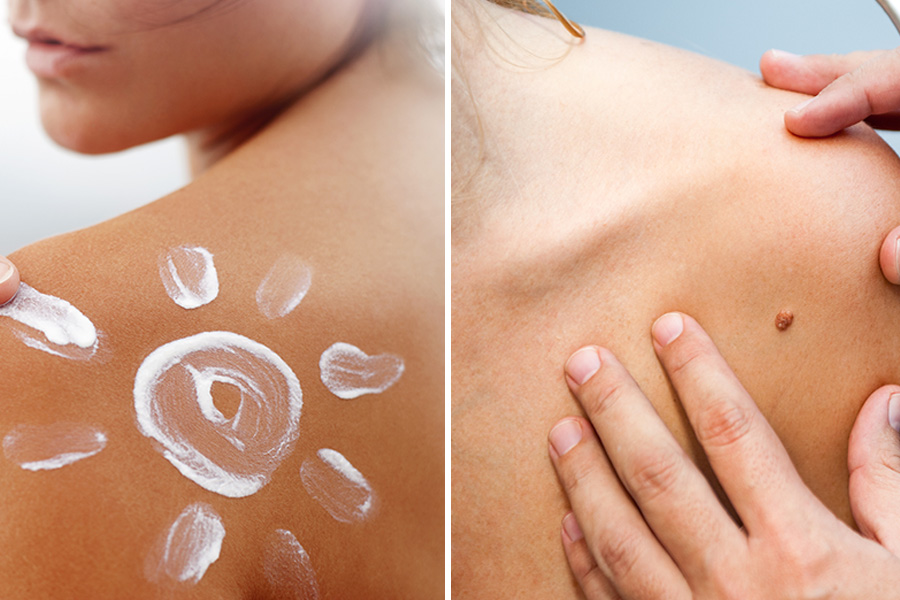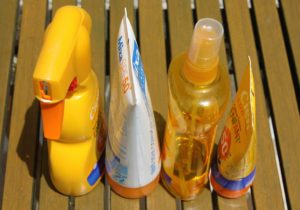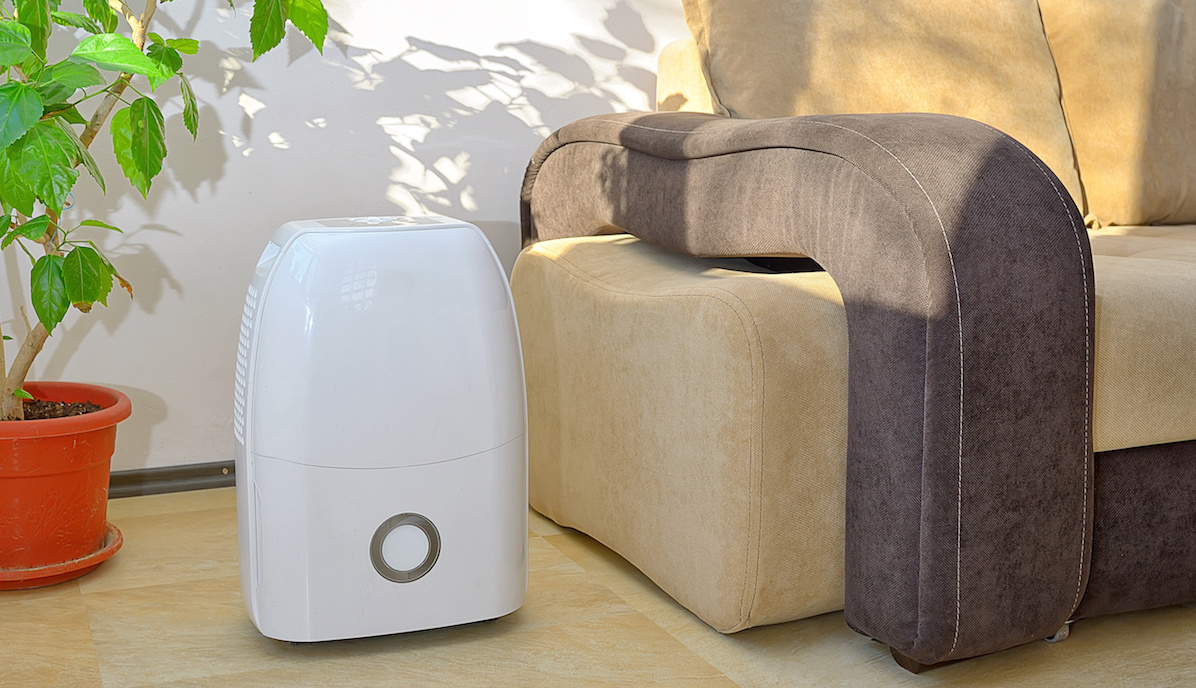Sunscreen vs. Skin Cancer: Which is Better?

We’ve all forgotten to put on sunscreen once or twice – some of us don’t even bother. But how important is it really? We’re comparing the cost and effectiveness of sunscreen and skin cancer to determine if either is worth the money, time, and effort.
Cost
On a beautiful summer day, grabbing a bottle of sunscreen is an extra step between you and the beach – and it isn’t free. Thankfully, the stuff isn’t hard to find – it’s in gas stations, retail chains, grocery stores, and online. Sunscreens can generally be found for less than $10, but you can definitely spend more than that – especially if you’re closer to the beach.
The most common skin cancer from a sunburn or frequent tanning is melanoma. How much does melanoma cost? The answer depends on the stage. Early detection is critical for saving money. (And, you know, lives) According to the Melanoma International Foundation, the cost around removing and treating an early-stage melanoma lesion is about $1,800. If you spot it later and need a sentinel node biopsy, the price jumps an additional $10,000. Stage III melanoma may still look small, but it has reached the lymph nodes and will cost $30,000 per year of treatment. While stage IV therapies can cost that much for just one injection – $120,000 in total.
All in all, sunscreen’s the pretty clear winner in terms of finances.
Time Spent
Sunscreen shouldn’t be applied while you’re outside. The Skin Cancer Foundation states that you should apply your sunscreen 30 minutes before you actually go out. This lets the ingredients fully bind to your skin before sun exposure. Additionally, you need to reapply your sunscreen every two hours. If you’re swimming, toweling off, or catch yourself sweating a lot, you should immediately reapply your sunscreen. Overall, repeated applications shouldn’t take more than five to ten minutes total out of your time in the sun.
Conversely, treating melanoma is a very lengthy process. First, it requires you to visit the doctor. This can take several hours, depending on the doctor. Two primary treatments exist for melanoma: surgery and adjuvant therapies. Operation times vary based on your surgeon and the melanoma stage, and you have to factor in recovery time, which can be as much as two or three weeks.
Your other option is adjuvant therapies. Adjuvant therapies include chemotherapy and radiation therapy. Even after successful surgery, more advanced melanoma stages may still require these treatments. Without them, unseen, microscopic bits of cancer can grow back into a problem. According to Cancer Care Northwest, chemotherapy can last as long as three or four hours per session. That’s not even counting all the time you spend afterwards doing all that pesky vomiting. Keep in mind that this process is usually repeated as many times as necessary to cure the patient, so that’s 3-4 hours a pop.
Once again, we’ve got a pretty solid choice in the “convenience” department, and once again, it’s sunscreen!
Effectiveness
Sunscreen is more effective than you might think. You don’t actually need a massive SPF to stay safe. SPF 30 sunscreen blocks nearly 97% of UVB rays. A solid SPF 45 or 50 can give you a little more effectiveness, but anything past that isn’t really any more helpful.
Skin cancer’s “effectiveness” is a whole different consideration, since what it’s trying to do is kill you. If you catch it at Stage IA, the 5-year survival rate is 97%. That’s a pretty solid survival rate, but it’s not as great as “not getting skin cancer at all”. Unfortunately, if you don’t catch it until Stage IV, the 5-year survival rate drops to around 15%-20%. That’s a pretty effective disease, and one you’re much better off avoiding.
Side Effects
Some people might want to consider side effects before they purchase a sunscreen. People with sensitive skin may want to find something like Neutrogena Pure & Free to avoid an allergic reaction. Other than that, most sunscreens are decent for everyday use. If you want the best, we have a list of the best sunscreens around to keep your skin from sizzling.
Melanoma treatment has much harsher side effects including liver enzyme elevations, kidney function changes, flu-like symptoms, fatigue, nausea, change in taste, loss of appetite, and depression. Melanoma itself can give you a lot of these things without treatment, so it can be hard to know what symptoms are coming from where. Other side effects of treatment can include anemia, hair loss, delirium, infection, pain, memory or concentration problems, sleeping issues, and much more.
All things considered, we’re pretty confident in calling this one for sunscreen. It’s possible to play it safe and still wind up with skin cancer, but all in all, it’s one of the more preventable cancers out there. The world has enough scary things out there already, and since it’s so easy to head this one off at the pass, you might as well take the 10 seconds out of your life to do so.






